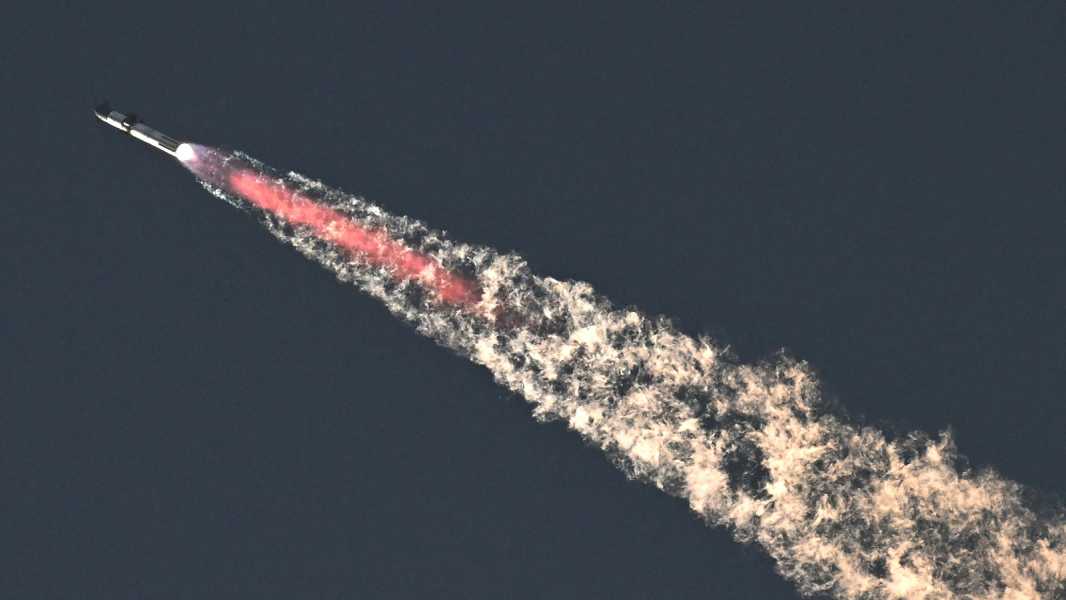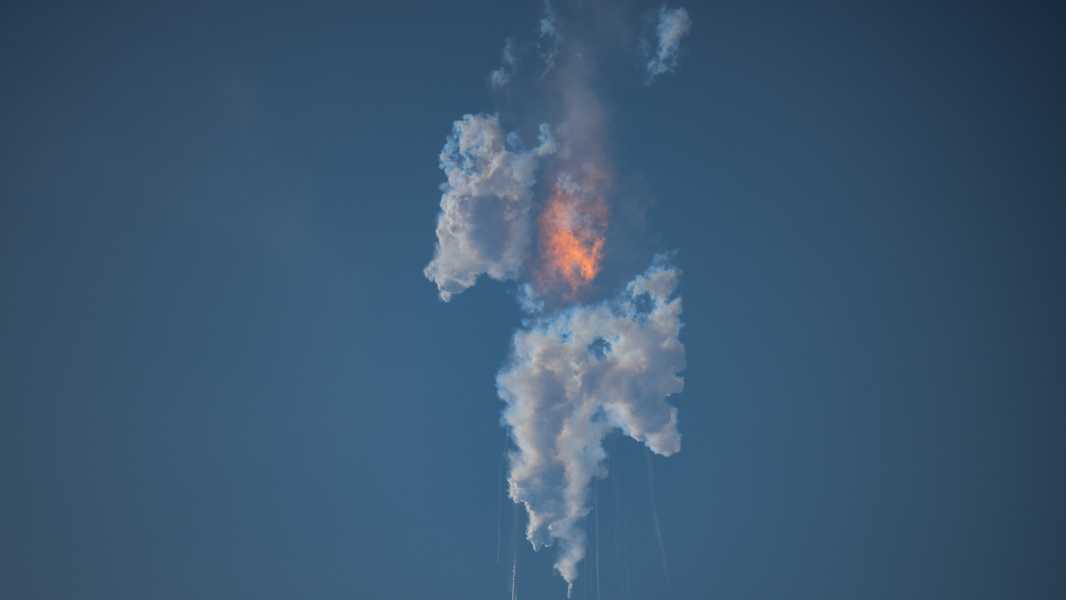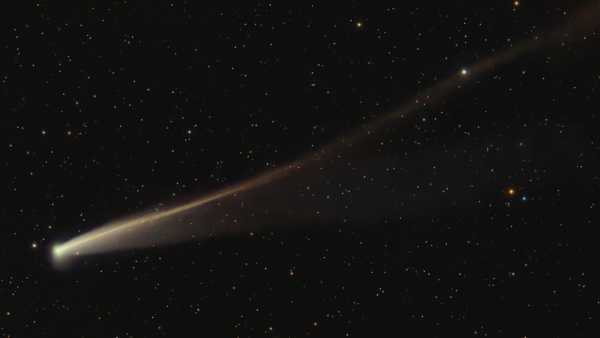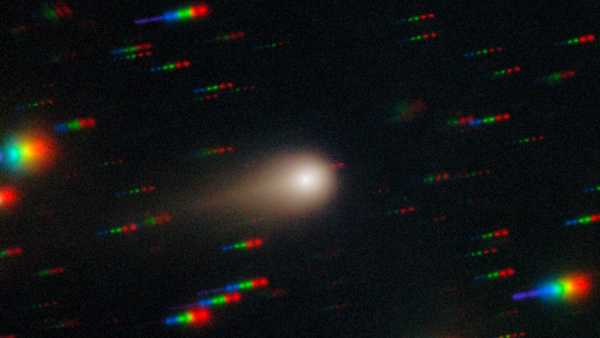
Starship is currently being considered for upcoming NASA missions, but recent tests suggest the rocket may not be ready for the next stage. (Image credit: TIMOTHY A. CLARY/AFP via Getty Images)
NASA has included SpaceX's massive Starship rocket in a major commercial contract, making the world's most powerful launch vehicle a candidate for future missions — even though the impressive spacecraft continues to explode in midair and has yet to launch a single payload into space.
On March 28, the U.S. space agency announced that Starship was being added to the NASA Launch Services (NLS) II contract, which includes all private spacecraft considered for future missions. Starship is the 10th rocket in the contract, which also includes SpaceX's Super Heavy and Falcon 9. Other rockets mentioned include United Launch Alliance's new Vulcan Centaur and Northrop Grumman's Pegasus XL, which has been used by NASA since the early 1990s.
The contract does not guarantee that Starship will be used on any NASA missions. However, there is no limit on the number of times each rocket in the contract can be selected for missions between now and the end of the contract in December 2032.
Launch vehicles in the NLS II contract are divided into three categories based on their previous performance: Category 1 (high risk), Category 2 (medium risk), and Category 3 (low risk), with Category 3 vehicles having the highest probability of being used in missions.
It’s unclear which category Starship will fall into. However, Blue Origin’s New Glenn rocket, which was the last to be added to NLS II, was initially classified as Category 1 despite successfully reaching orbit on its first attempt in January. This suggests that Starship will likely end up in the same category, according to Space News.

Starship's first explosion occurred about 4 minutes after its maiden test launch in April 2023.
SpaceX plans to launch Starship before the third Artemis mission, currently scheduled for mid-2027, which would return humans to the moon for the first time since 1972. However, early test flights could cast doubt on that timeline.
The company's CEO Elon Musk has repeatedly emphasized his desire to use Starship to send people to Mars.
Musk's plans to expand Starbase, the Texas spaceport dedicated to future Starship production and launches, as well as his close ties to the Trump administration and new NASA Administrator Jared Isaacman, likely influenced the decision to include Starship in NLS II despite recent difficulties, Futurism reports.
Explosion testing
Starship is the tallest
Sourse: www.livescience.com





